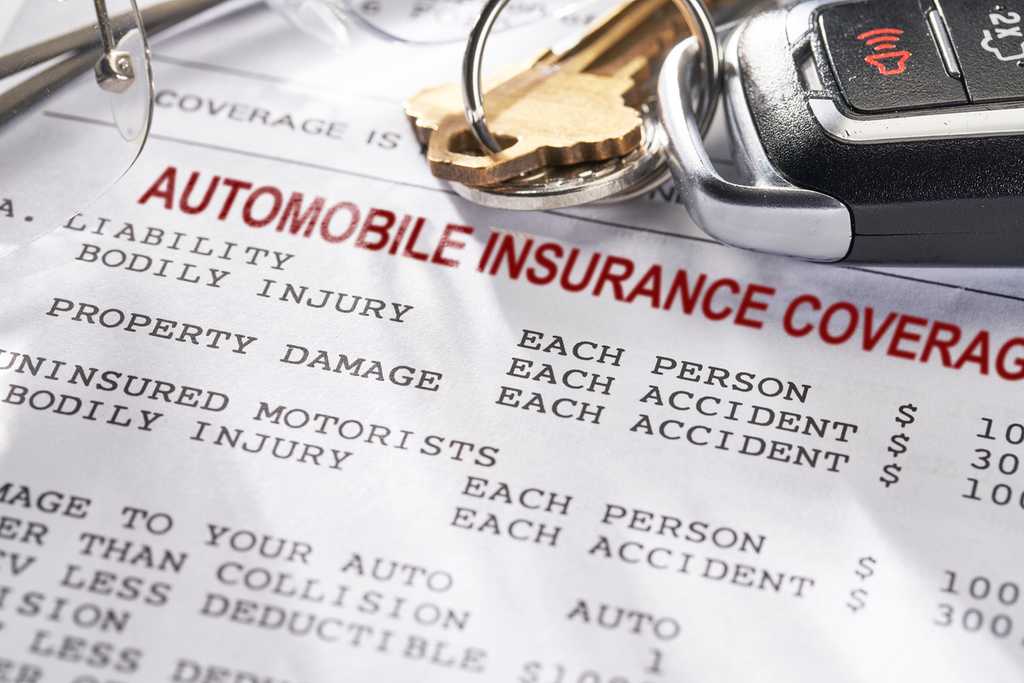As a responsible driver, having an auto insurance policy protects you, your vehicle, and those around you. While not every state requires auto insurance to operate a vehicle, you do have financial responsibility if you hurt anyone or damage property. When buying auto insurance, you must realize that each state has different minimum insurance requirements. These requirements include having liability insurance and certain minimum coverage levels. These requirements vary by state, so this article focuses on the difference between liability and full coverage car insurance. This will help you determine which one is best for your situation.
What is Liability Insurance?
Liability insurance protects other people and property when you are "at fault" in an accident. It covers the treatment cost of injuries to people plus the repair or replacement of property that you've damaged. Most states require liability insurance as a condition of having a driver's license or owning a car.
This coverage does not include damage to your own vehicle or injuries to yourself in an accident that you've caused. Liability insurance is split into two parts – bodily injury liability and property damage liability.
- Bodily injury liability: This insurance covers the cost to treat the other driver's injuries when you are legally responsible for the accident. Coverage limits provide a maximum payout amount per person and a maximum for the entire accident.
- Property damage liability: Insurance that pays for damage to other vehicles, property, and other items when you are at fault in an accident. This type of insurance coverage does not pay for damage to your own vehicle.
What is Full Coverage Insurance?
Full coverage insurance protects both you and the other driver. Not only does it provide liability coverage, but it also includes comprehensive and collision coverage for you, your passengers, and your vehicle. Technically, you cannot buy a "full coverage" insurance policy, but you can buy additional coverages to fully protect yourself in the event of an accident.
When you want full coverage, these are the auto insurance coverage options to consider:
- Liability insurance. Covers the costs of the other driver when you're at fault in an accident.
- Comprehensive coverage. Pays to repair or replace your vehicle if it is stolen or damaged in a non-accident situation. Examples of coverage incidents include hail, animal damage, or vandalism.
- Collision coverage. Repair or replace your vehicle when damaged in a collision with another vehicle or an object.
- Medical payments coverage. Pays for you and your passenger's medical expenses when you've been in an accident, no matter who is at fault. Many states require medical payments coverage to protect your passengers. Medical payments coverage is also known as "personal injury protection."
- Uninsured and underinsured motorists coverage. This coverage protects you when the other driver does not have insurance or their coverage limits are inadequate to your medical or repair bills. When the cost to treat your injuries and repair or replace your vehicle is more than their coverage, your insurance steps in to fill in the gaps.
- Rental reimbursement coverage. Provides a set amount per day (up to a maximum number of days) for a rental car while your car is being repaired or replaced due to an accident.
Differences between Liability and Full Coverage
The major difference between liability and full coverage is who is covered by the auto insurance policy. Liability coverage seeks to reduce or eliminate your financial liability for injuries caused to the other person or damage to their vehicle or property when you're at fault in an accident.
By comparison, full coverage not only covers the other driver, but it also covers you and your passengers, as well as your own vehicle. Components of a full coverage auto insurance policy protect you and your vehicle even if the accident isn't your fault. A comprehensive approach to auto insurance coverage ensures that all people and property are covered in an accident.
When should you get liability-only car insurance?
While getting a full coverage auto insurance policy is ideal, the reality is that most full coverage policies cost significantly more than a liability-only policy. Depending on your budget, a liability-only policy may be your only option. As your finances improve, you can strategically add on other coverages to reduce your financial risk.
Cost is not the only reason why a driver may opt for liability-only car insurance. The average age of vehicles on the road continues to increase. According to Statista, the average age of a vehicle in the U.S. was 12.1 years old in 2021, which is an increase from 11.9 years in 2020. People keep their cars longer today because they are more durable than ever. Additionally, as new vehicle prices continue to rise, many borrowers take out auto loans of up to seven years to pay for them.
When you drive an older vehicle that is not worth very much, it doesn't make sense to pay for auto insurance that will replace or repair the vehicle. As your vehicle ages, consider reducing your collision and comprehensive coverage limits or eliminating that insurance coverage altogether.

